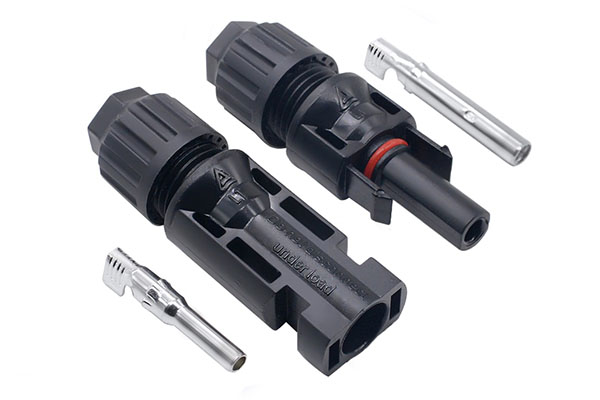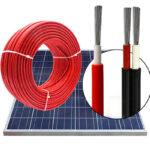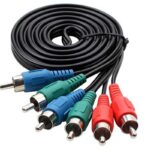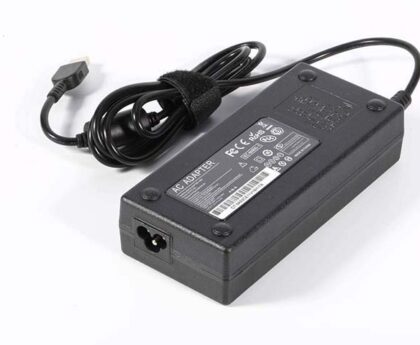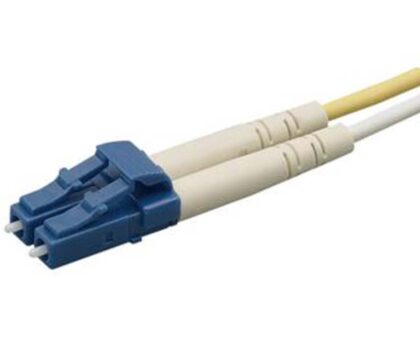With the increasing popularity of small solar power generators, it’s essential to understand the importance of selecting the right connectors for your system. Proper connectors ensure efficient power transfer, safety, and long-term reliability. In this blog, we will explore the details.
Types of Solar Power Generator System Connectors
When selecting a solar generator connector, it is important to consider your specific requirements. Here, we provide an overview of the most popular solar connectors: MC3, MC4, Helios H4, SolarLok, and Radox.
MC4:
MC4 is the most widely used type of connector. Its UV-resistant material and high IP rating make it fully weatherproof. The connector incorporates a locking mechanism for enhanced security, requiring a special tool for unlocking. MC4 connectors are suitable for all conditions, particularly areas with hot or humid weather.
MC3:
MC3 is a popular connector used in the past. It consists of male and female leads that connect positive and negative wires to establish a complete connection. With a flexible seal, MC3 connectors are weatherproof and maintain stable connections.
Helios H4:
Helios H4 is compatible with MC4, allowing easy integration with existing setups. An assembly tool is necessary to unlock the connector. Designed to withstand extreme weather and UV radiation, Helios H4 connectors are reliable and durable. They can handle high currents and voltages effectively.
SolarLok:
SolarLok, also known as the Tyco connector, is now considered outdated and is commonly found in older installations. It facilitated connections between solar panel modules in either series or parallel configurations within a solar array.
Radox:
Radox connectors are constructed using high-quality beryllium copper to ensure efficient electrical conduction. They exhibit excellent UV radiation and ozone resistance, possess high mechanical strength, and feature an easy assembly system. The design of Radox connectors ensures proper current flow through the solar panel wires.
How to Select Solar Power Generator System Connectors
When choosing solar generator system connectors, it is crucial to consider several factors to ensure they are suitable for your solar system. Here are some key considerations:
Maximum Voltage: Ensure the connectors can handle a voltage higher than your solar panels to prevent any voltage-related issues or damage.
Maximum Current: Choose connectors with a higher current rating than that of your solar panels to allow safe and efficient current flow.
Maximum Temperature: Select connectors that can withstand high temperatures caused by peak sunlight exposure, ensuring they won’t degrade or melt over time.
Contact Resistance: Lower contact resistance in the connectors allows for optimal solar energy output. Therefore, check the contact resistance specifications and choose connectors that align with your requirements.
Contact Material: The material used in the connectors greatly affects their performance and durability. Opt for connectors made of robust and long-lasting materials like PC (polycarbonate).
Ingress Protection (IP) Index: Consider the IP rating of the connectors, as it determines their level of protection against dust and water. Higher IP ratings indicate better performance in extreme conditions.
Wire Cross-Section: Ensure that the connector’s wire cross-section or size is compatible with the wire size you will use in your solar system for proper connectivity.
Conclusion :
Selecting the right connectors for your small solar power generator system ensures optimal performance, safety, and longevity. By considering factors, you can make an informed decision that meets your specific requirements.
